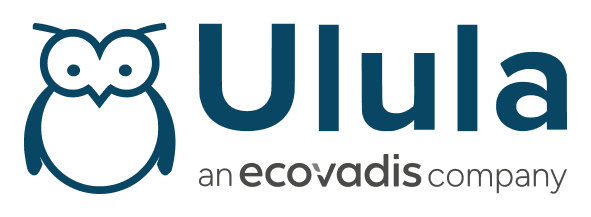By Vera Belazelkoska, Ulula
Organizations chart their own path to creating the systems, culture and processes to incorporate worker voice into their social risk considerations and decisions. Last month’s worker voice piece by SupplyShift highlighted the change management groundwork needed to occur within an organization, driven by internal champions and a collective desire to learn from their workforce – whether direct employees or across their global supply chain. But once ripples turn into tides, organizations need practical and scalable tools to operationalize worker voice.
Technology can make the impossible possible – hearing from hundreds of thousands of workers across the globe in dozens of languages in an efficient, scalable and cost-effective way. Worker voice technology gathers anonymous data directly from workers’ mobile devices – honest and unbiased. Technology also plays a key role in data analysis and dissemination. Shared across diverse corporate teams, technology can help key actors arrive to decisions and act swiftly in order to prevent risks with devastating human rights and financial implications.
Here are four key guidelines to consider when envisaging how to operationalize worker voice using technology.
1. Accessibility for Digital Inclusion
Many of us go about our day, assisted by the miniature computers we have in our pockets – from querying the best route home, to pre-ordering our dinners. However, close to 4 billion people in the world still do not have access to stable and affordable internet or smart devices. To make worker voice technology that is accessible and inclusive, we can’t ignore the ever-closing but persistent digital gap, further defined by geographic, economic and gender variables. Multi-channel worker voice tools that leverage chat apps and web, as well as more rudimentary channels like text message and Interactive Voice Response (IVR), have a much higher likelihood of capturing insights from the most vulnerable and marginalized stakeholders in your supply chain. If you aren’t capturing these voices, you are skewing your sample and failing to mitigate your most impactful labor risks.
2. Think Global, Adapt for Local
Worker voice instruments, such as surveys and grievance management mechanisms, can be easily aligned with international labor standards for ease of adoption in compliance processes. Worker voices can inject ground-truthed data into existing evaluative processes, such as social audits, workplace impact assessments or tertiary ESG data analysis. This triangulates worker feedback directly into compliance and due diligence assessments for greater accuracy and integrity of data. While standardization is invaluable for audit validation and benchmarking across regions and sectors, worker voice technology will be most effective when designed with workers in mind. Organizations can achieve this by designing content that workers can relate to, in their preferred languages, and adapted to their own experience. The West Principles, a common set of guidelines created and followed by various worker voice technology providers, outline further the purpose and process of worker-centric models.
3. Drive Continuous Engagement
The human psyche is such that without confirmation, validation or direct benefit, we can be a tough species to motivate to act. I know few people who would contribute their time and effort to provide feedback if they aren’t clear how that insight will be used and how it will drive change in their environment. Organizations integrating worker voice tech into their social risk monitoring and management mechanisms should prioritize incorporating a strategy for closing the feedback loop. Two-way engagement channels, mass SMS broadcasts, pre-recorded informative modules via IVR and results-sharing with participants are just some of the ways in which organizations can drive dialogue with workers and ensure their continued participation.
4. You Know, and Now You Act
When an organization opens the channel to hear worker voices, it should be ready to catalyze. Worker voice data can validate on-site audits or employer self-assessments, providing an insight that is difficult to capture during in-person interviews or focus groups with workers. Automated and real-time analysis enabled by technology provides organizations with actionable insights that require exactly that – action! Worker voice tools alone can’t solve a problem – they simply point to it. It is management’s job to drive that change forward. There is certainly no lack of actors that can help drive this change forward, from consulting businesses to local experts that have built trust and rapport with workers and local management in order to drive long-lasting improvements for workers and businesses alike.
This is the last installation of SupplyShift & Ulula’s ‘Worker Voice Series’. Read part one here and part two here.
Integrating worker voice data into other supply chain management platforms make worker voice insights even more valuable and actionable. That is why Ulula is now partnering with SupplyShift to offer companies an integrated solution to drive change. Reach out to us here to learn more!

